On the news cycle today was the news that a third collection of classic Valis games was in the works for the Nintendo Switch. As reported by Gematsu, the publisher is looking to crowdfund the collection, but it’s a pretty safe bet that it will get there.
There aren’t many properties that end up with three retro collections. Even the mighty Castlevania, which is a vastly higher profile series than Valis, only has two. Now, of course, part of this is the publisher looking to squeeze as much blood out of a niche audience as possible. The Valis collections have fewer games than the other retro collections, and even within those collections there is a lot of crossovers (such as almost unplayable console ports of an otherwise good game already in the collection). Nonetheless, while I haven’t reviewed these collections, I have both of the existing ones, and I emphatically recommend them.
These are (generally) excellent B-grade platformers.
For those unfamiliar with the series, Valis is basically a magical girl property. You play as a schoolgirl (the first three starring one Yuko Asou, and then a different lead protagonist for the fourth) that has been chosen to be the wielder of the titular weapon, Valis. The first title in the series was released back in 1986, and the last “proper” game was a SNES title, Super Valis IV, in 1992 (that one you can actually play via the Nintendo Switch Online subscription). Each of these titles follows a similar formula, in that you travel across linear platforming levels, clearly modelled after the likes of Mega Man and Castlevania. They can be frustratingly difficult in places, and the quality of the level design can be very uneven in comparison to their peers, but Valis had one key quality that Mega Man and Castlevania did not:
The magical girl thing. Especially back in those days there just were not that many female heroes in video games. Valis’ Yuko Asou is, a little like Samas Aran and Athena (the SNK original, not the King of Fighters Athena), a pioneer as a truly heroic warrior princess.
Valis has the whole Sailor Moon thing going for it in spades, from the iconic transformation sequences to the general persona of the main character. Yes, this is played for fan service at times (you knew that without even seeing the screenshots and key art, right?), but at the same time, the underlying strength of the character and her quest does come across as empowering. Much like Samus and Athena, and so many other great female video game characters since.
While the series has always been a step behind other, similarly styled platformers as a gameplay experience, Valis does have plenty going for it that makes it worth gritting your teeth through the less refined parts. The cinematic cut scenes are a highlight and give the games the essential narrative context, given that characterisation is so critically important to this series. There are also full equipment systems, every bit the par of Castlevania and ilk, and in some games the ability to swap between characters, each with their own unique abilities. The art was also generally impressive. Though it carried a distinctly B-grade theme, it really ran with that as an aesthetic choice, and that distinguished it from the more seriously themed platformers at the time. Probably the most accurate way to think of them is as the Dead or School of their time – with a surprisingly decent combat system underneath the obvious sales pitch.
Generally speaking, these games were actually received well at the time. They were never rated as classics (though the original Valis did well enough to be a top seller for the year), but they were scored well enough in acknowledgement that as a genre piece they deserved respect for what they offered fans.
Sadly, we’re probably not going to get a new Valis revival. This is partly because the current publisher is seemingly only interested in capitalising on nostalgia. And it has been a very long time since anyone even tried to bring the series back. There was one Valis game released after Super Valis IV, Valis X, but that’s an adult visual novel, and is otherwise unrelated to the rest of the series. That one’s not going to be re-released on the Switch, and very possibly hit the entire property with a perception that it doesn’t otherwise deserve, but would struggle mightily to overcome today.
This is a pity, because of all the classic properties that could be dusted off, Valis is one that could do very well for itself. It would need to be handled by a developer and publisher willing to wear some heat over the “provocative” designs, by people that won’t look at the underlying strength of the characterisation, but otherwise, the overall aesthetic vision and unique otherworldly B-grade-ness of it would make for a compelling creative challenge. Dead or School did a vaguely similar thing very successfully, and after seeing that one turn out so well, I could easily see a developer that can deliver “modern-retro” and enjoys a dose of fan service itself – a developer like Inti Creates – bringing this classic series back with real style.
Or even WayForward. There’s nothing in Valis that was beyond what the Shantae series has been long delivering, so give WayForward a go with Valis and let’s see what the team could magic up.

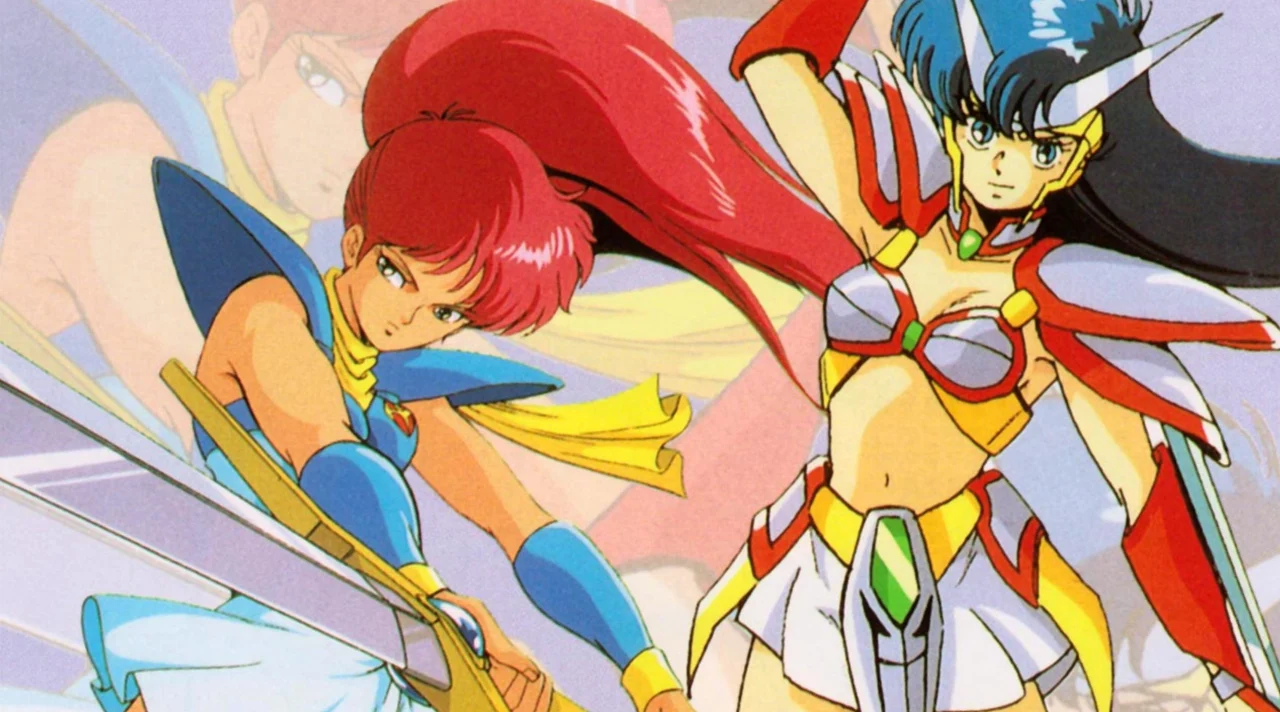
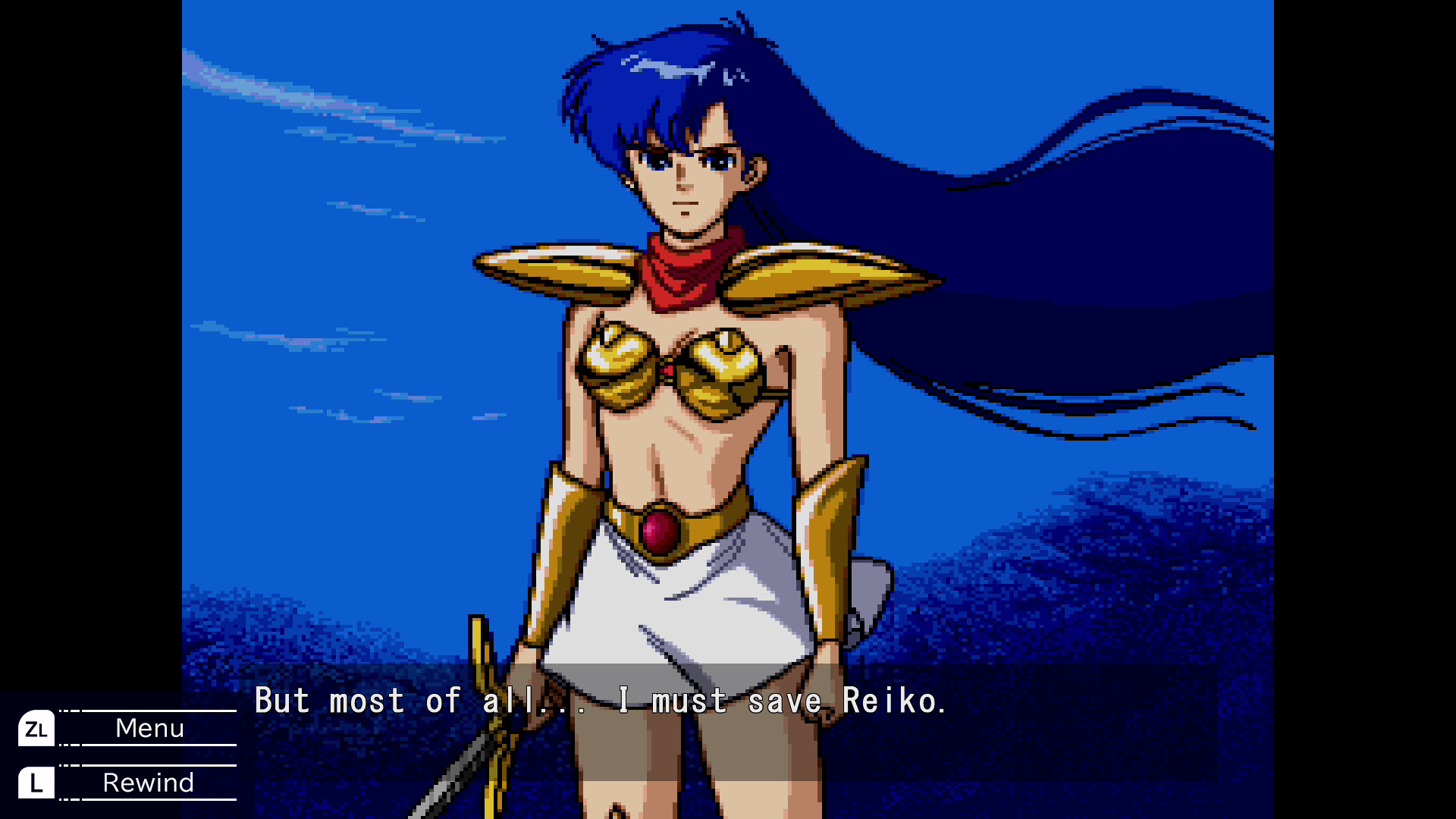
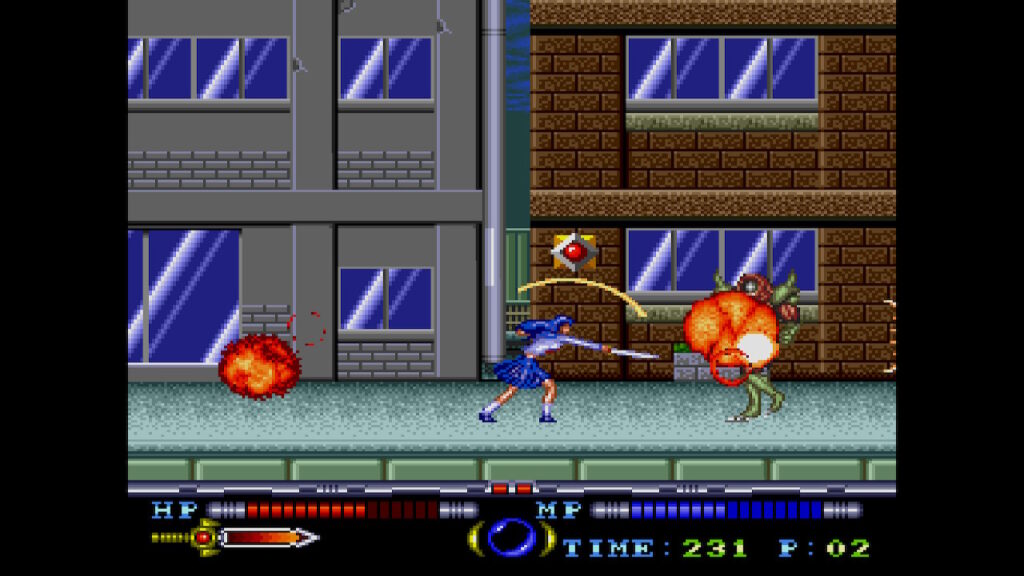
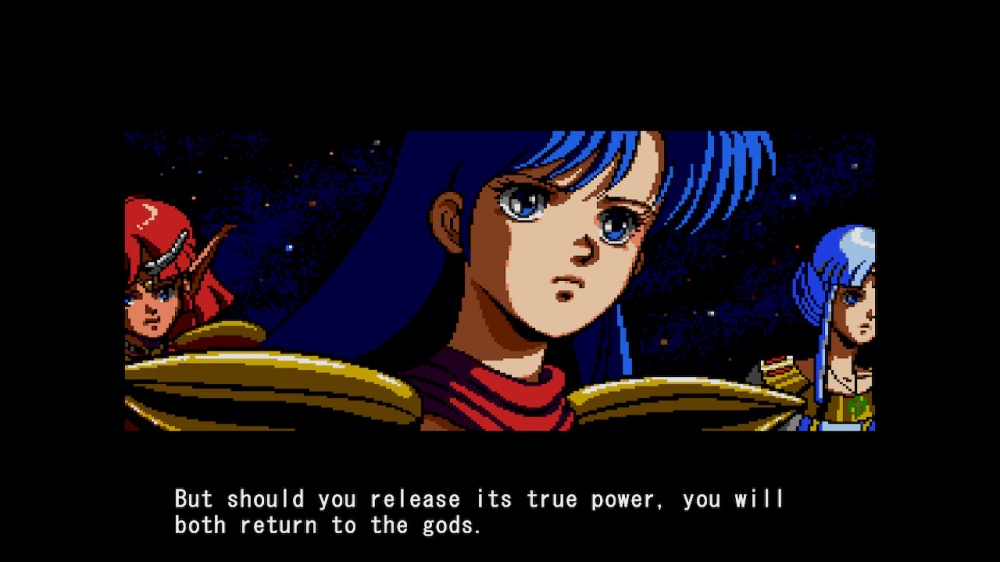
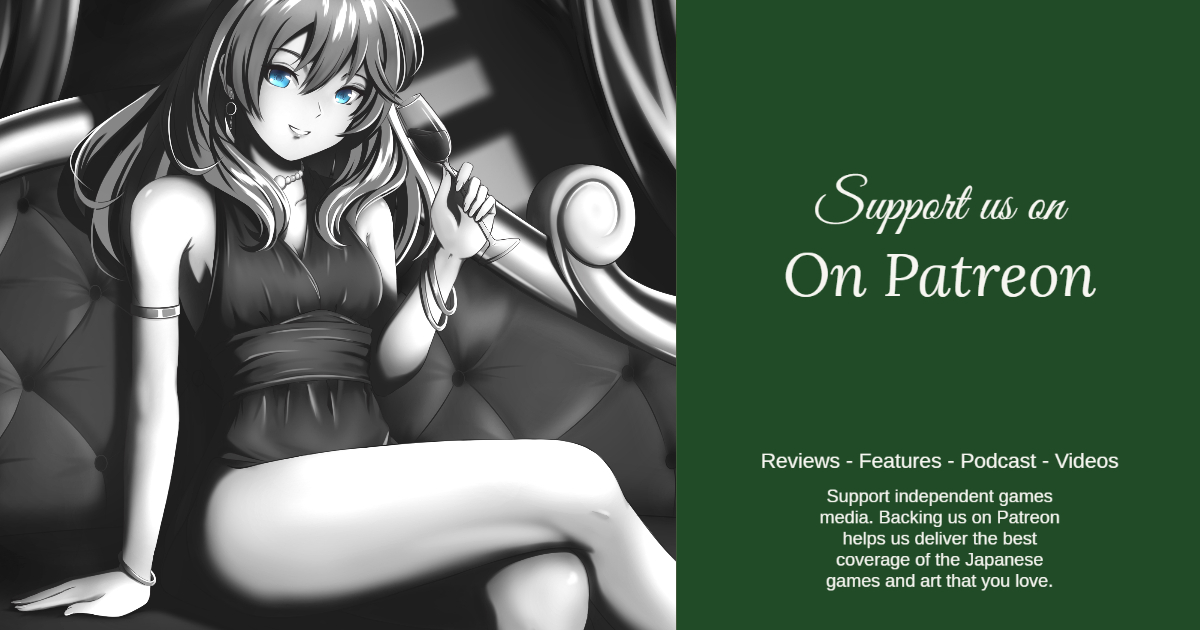



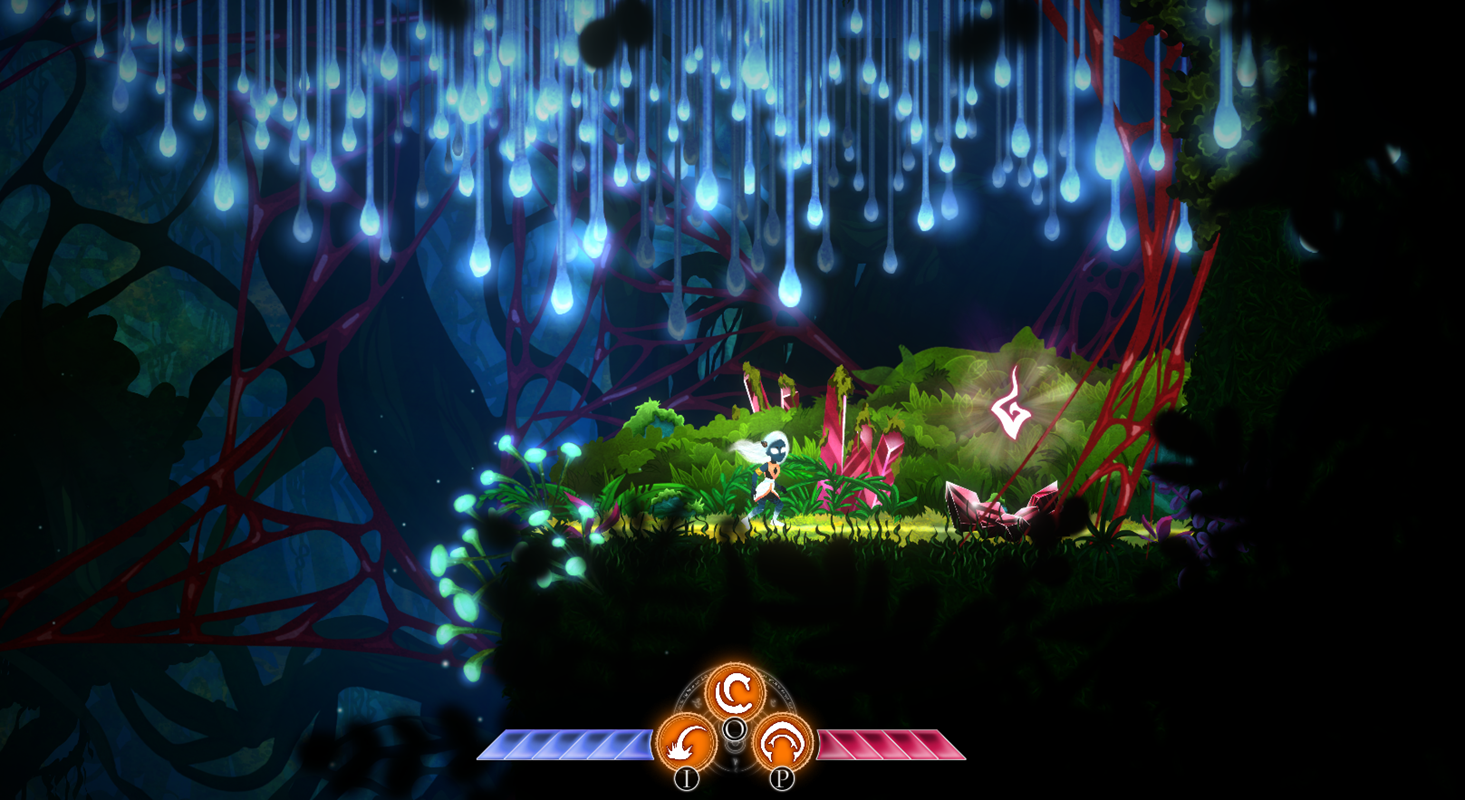
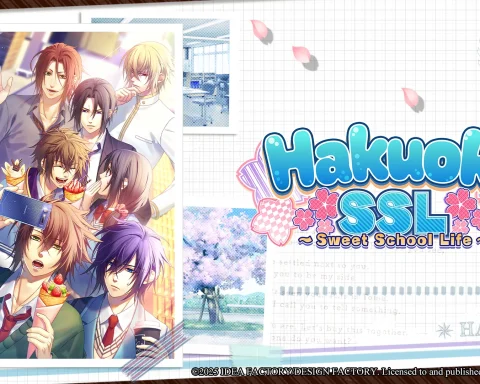
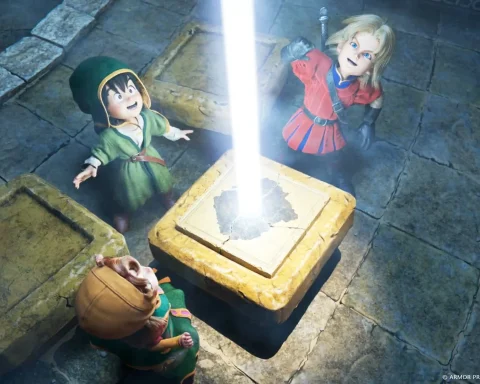
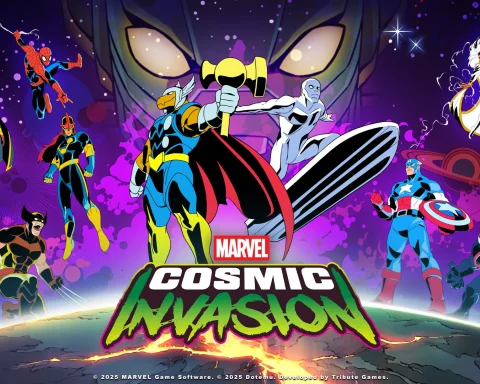
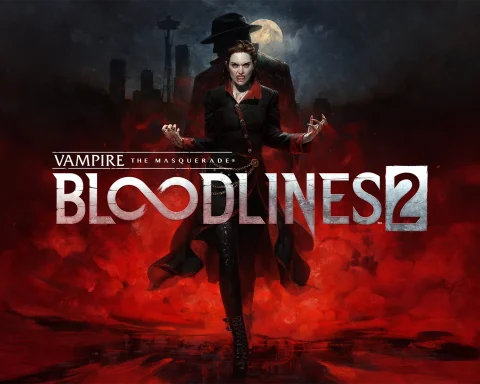
I only played Super Valis, but I wouldn’t characterize it as Mega Man or Metroid, its more classic Sword & Sorcery platformer. She is like Red Sonja, rather than Samus or Mega. I actually really liked Super Valis, it had a very interesting mechanic of the Bosses getting harder the longer you took to get to them with their health bars filling up as you went along the stage. Its like if you were a speed runner you actually got an easier time.
The designs are definitely my favourite since they are 80s aesthetically, which had this timeless quality that is hard to describe, like classic Disney. And she was a Yuri icon too if I remember right.